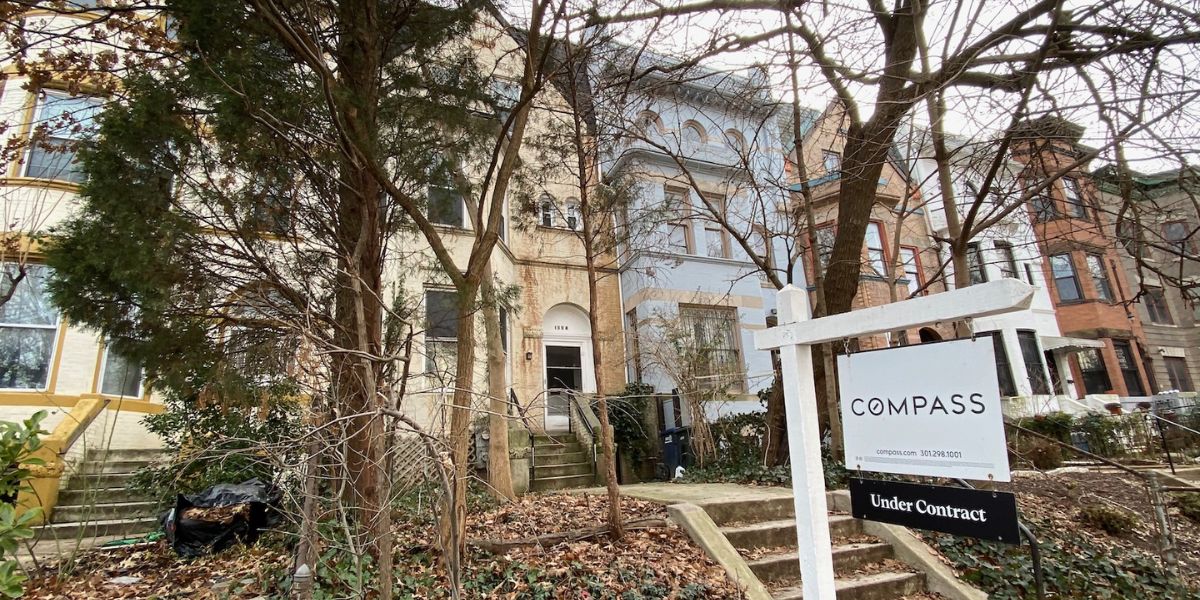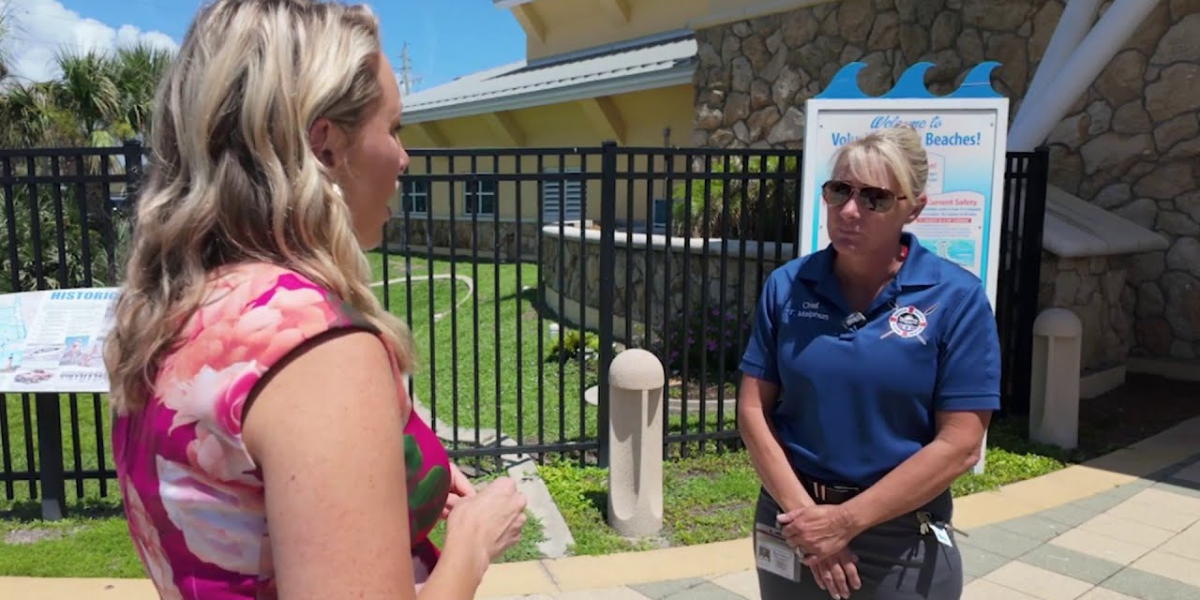he Community for Creative Non-Violence (CCNV), the District’s largest emergency homeless shelter since 1984, plans to build a new co-ed facility on its site that would combine short-term shelter capacity and apartment-style affordable housing units. In addition to funding from the city, CCNV is looking for public and private funds to support construction and operations.
Rico Harris, the shelter’s director since 2008, said CCNV is exploring options to construct a multi-use, ten-story homeless services complex on its 2nd and D Street SW property. The historic project would help transform the District’s existing homeless services infrastructure, Harris said, which many say has fallen short in terms of capacity and humane care.
CCNV hopes to join the Aston and other in-construction, non-congregate shelters in reshaping the image of D.C.’s shelter system by developing private emergency shelter units alongside temporary and permanent affordable housing units. Currently, CCNV operates as a congregate shelter, meaning that beds are laid out in a large space that maximizes capacity but affords little privacy for residents. CCNV hopes its proposed non-congregate design, where each shelter resident would have a separate room or space, will encourage more people to enter shelters that have previously been hesitant to take the step.
The new complex would be constructed in the L-shaped parking lots directly behind the current shelter, covering over 350,000 square feet. The proposed facility would include 500 emergency shelter units on the first six floors, temporary and permanent affordable housing units on the top four floors, an intermediate health care facility, a culinary wing, and a host of social services to support residents, ending negotiations with District officials. CCNV also hopes to include assisted living for senior citizens experiencing homelessness in addition to specialized transitional housing.
Harris sees the expansion as an opportunity to fill gaps in the District’s homeless services system while also making it easier for people in emergency shelters to move into housing. CCNV’s decision to co-locate a wide array of services in a single building seeks to diminish bureaucratic roadblocks to housing, Harris said.
“The whole thing is not to enhance the shelter, the whole thing is homeless people want to go home,” Harris said in an interview with Street Sense, regarding feedback he’s collected from residents at the shelter. “Those four floors at the top of the shelter and all that affordable housing, that’s what they want. They are so elated, they’re like, ‘If I can get a voucher, I don’t have to go to some place that’s rat-infested.’”
Don Davis, a Street Sense vendor, has lived at the CCNV shelter since November 2024. As someone who has experienced homelessness for two years, Davis has witnessed holes in the system firsthand, from people losing vouchers to facing trauma at shelters, and believes the conversation around ending homelessness has grown largely pessimistic. While he’s uncertain about how long he’ll stay at CCNV, as he aims to exit shelter and move into permanent housing, he’s hopeful the redevelopment will bring change for the District.
“Everything is looking up,” Davis said. “We’ve had so much downplay and ‘shut this down, shut that down, hold them down, take the vouchers away.’ To see something positive, I think it’s uplifting.”
Formerly known as the Federal City Shelter until the government’s deed on the property expired in July 2021, CCNV has experienced significant deterioration from operating as an emergency shelter for over 40 years, leaving residents to deal with leaks during inclement weather, bedbugs, and other substandard conditions. While the shelter received financial support in its initial years from the Reagan administration, recent chances to access funds to renovate the site have been few and far between, especially as CCNV is no longer overseen by the federal or D.C. government. In 2021, CCNV won a civil lawsuit against the U.S. Department of Health and Human Services, in which they claimed they did not receive enough assistance to improve the shelter’s deteriorating conditions.
“Leaks are everywhere, and 40% of the air conditioning in this building doesn’t work,” Harris said. “And summertime is here. And it hasn’t worked since last year.”
Because of the shelter’s condition, Davis usually spends his days outside of CCNV, returning only in the evenings to sleep. He says this is common among residents at CCNV, who tend to see the facility as a place to sleep more than a place to call home. Davis believes the proposed facility’s higher standards would not only enable CCNV residents to feel more comfortable – privacy and sanitation concerns often deter people experiencing homelessness from entering shelters in the first place — but also produce a domino effect for other cities aiming to renovate worn-down shelters and offer fresh housing options.
“It’ll be a big help in a positive manner to build D.C. up the way it should be,” he said. “Build some of these other states up, maybe they’ll learn something. ‘Oh wow, look what they did.’ Same with big cities all over this country that have homeless problems. Maybe if they see one thing being done, they’ll say, ‘Oh, we should do that here.’”
The National Coalition for the Homeless (NCH) advocated to establish the shelter in the 1980s, amid pushback from the Reagan administration. The NCH’s co-founders, Michael Stoops and Jerry Jones, worked alongside Mitch Snyder, the shelter’s founder, to secure federal support and occupancy rights. The current NCH executive director, Donald Whitehead, believes CCNV’s redevelopment would help address a chronic deficiency of resources and underinvestment in the District’s homeless population.
“The problem is that we’ve never received the resources at the scale of the problem,” Whitehead said. “Because of that, and because we don’t have any prevention in place, that’s why homelessness continues to grow. From a funding perspective, it is way down on the list of priorities for our community.”
Whitehead hopes to renew the NCH’s working relationship with CCNV and raise funds for the project, though he recognized the challenge of garnering enough resources for large-scale initiatives.
So far, CCNV has secured a $64 million funding commitment from the District for construction through fiscal year 2031. However, Harris says the organization is still in need of external funding partners and nonprofits willing to provide services at the facility. CCNV is also hoping to get more funding from the city.
There’s not yet a start date or timeline for construction, but Harris and city officials are meeting bi-weekly to work through logistics, he said. While plans for demolishing the current building are not finalized, Harris said it will be torn down after construction, as D.C. law requires the shelter to remain fully operational until the new complex has opened.
“It’s definitely a longer process,” Harris said. “These bi-weekly meetings are just for the shelter part. As far as the whole complex is concerned, we have been soliciting investors and have been a little successful. The dollars to actually construct, as far as downtown D.C. is concerned, I’m not going to say they’re hard to find, but you have got to know where to look.”
Though it could be a ways off, Davis shared his excitement about CCNV’s plan to provide one-and two-bedroom affordable housing units in the form of studio apartments. He said a major factor in preventing recurring and chronic homelessness is having a stable place to call one’s own.
“This is your home, you got a key, this is your place,” Davis said. “And it makes it feel like you’re going somewhere.”




